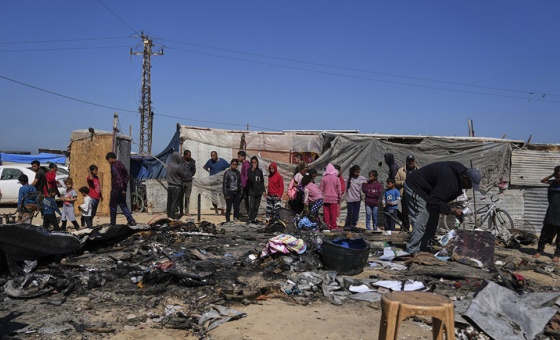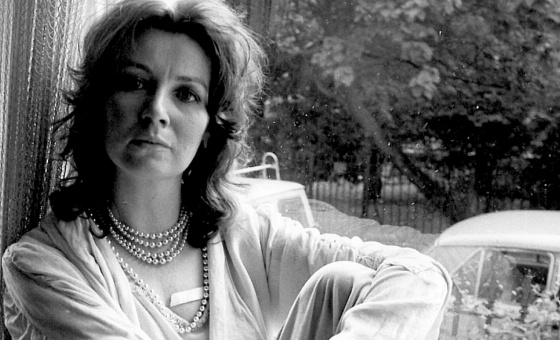This is the last article you can read this month
You can read more article this month
You can read more articles this month
Sorry your limit is up for this month
Reset on:
Please help support the Morning Star by subscribing here
A PHENOMENON of our time has been regular news reports of suicide bombings, particularly in the Middle East.
This comparative study of suicide as a socio-cultural, religious and political phenomenon sheds much fresh light on our understanding of these acts.
Suicide has been a way out for people through ages, an escape from misery. And over the past 40 years, thousands of people — often highly educated and with a cosmopolitan outlook — have sacrificed themselves for a collective cause, to help their own people in their fight against their enemies.
These are the ones who kill themselves for a collective, allegedly noble — political or religious — reason. Suicide as a weapon, in other words.
But it goes back further.
Members of the IRA went on hunger strikes and the monk Quang Duc burnt himself in protest against the discrimination against Buddhists by the Ngo Dinh Diem regime in South Vietnam in 1963.
This book offers a wide-ranging analysis of what drives people to a voluntary death. Alongside suicide for political or religious motives, suicide is a means to harm others for private, individual reasons. There are also issues such as suicide linked to mental health and a hereditary tendency to suicide.
Much of the book is devoted to how society and the Christian church have wrestled with this question. Some of the practices, such as the execution of the corpses of those who had taken their own lives, were horrific. Christian theologians such as Saint Augustine tied themselves up in knots in denouncing suicide. It was a difficult task, since the early martyrs could be seen as having gone to their deaths in what could be seen as indirect suicide.
For centuries, the attitude of the church was that suicide was the ultimate sin, worse than homicide. This resulted in quite extraordinary horrors such as the murder of small children, where the murderer could be confident of being executed, having repented and made their peace with God in the interim.
The trends throughout history very occasionally make for quite amusing reading.
Suicide in the 18th century was described as “the English malady,” with the upper classes putting an end to their lives from sheer boredom. Montesquieu blamed the weather.
Well-educated Protestants would kill themselves while uneducated Catholics were more prone to killing each other.
By now there are more suicides than homicides in the West, a phenomenon worthy of further study. And, as this is the first major of study of suicide since Le suicide: etude de sociologie by the French academic Emile Durkheim in 1897, this is a book that sociologists will surely find valuable.
Review by Gwyn Griffiths





